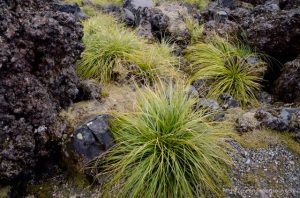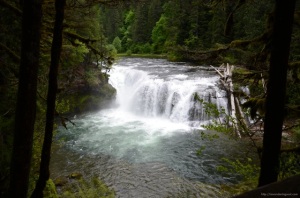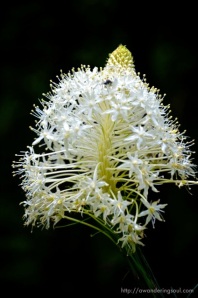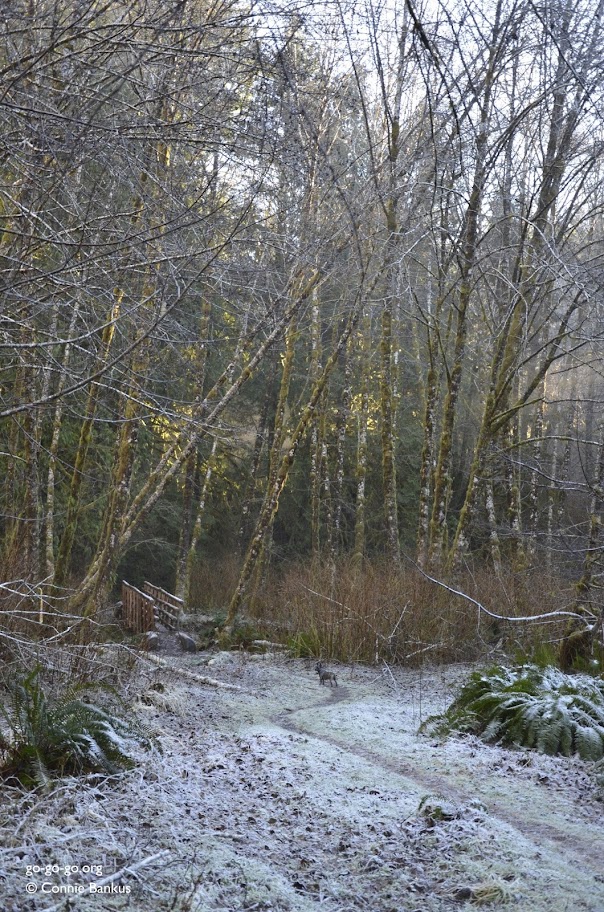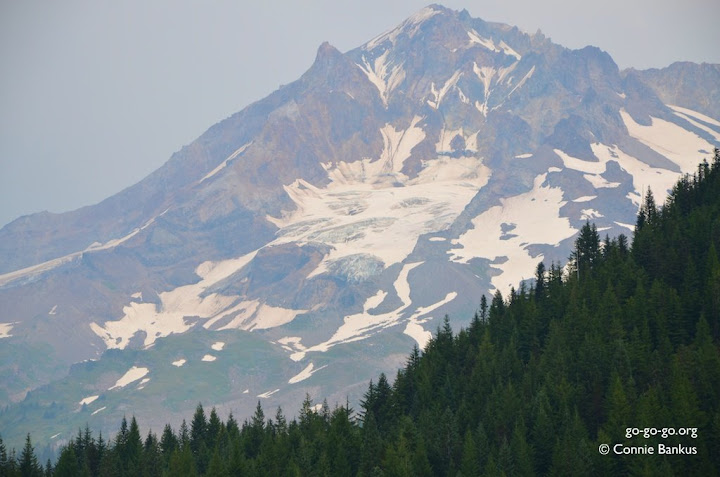[Connie Bankus is a philosophotographer who lives in Oregon with her husband and a million animals and mountains. You can check out more of her work at awanderingsoul.com.]
Whenever I move to a new place, I do a lot of Internet browsing to find all the cool things I must see. I use all of the social media sites to follow people in the area who are interested in the same activities I am to find neat things I must do. As a result I follow a lot of Pacific Northwest hiking blogs and on one popped up an image of bear grass. This is a stunning plant that grows in the higher elevations around the base of mountains. Each plant takes five to seven years to bloom, making it a rare and special event.
I read that they start to bloom in late May and carry on till July in the higher elevations. I have not worked up the bravery yet to hike to the tree line of one of the many epic mountains around here. The mountains around here get snow late into the season, and I tend not to hike them till late summer and fall when I am trying to escape the heat. I was hoping to catch some blooms at the lower elevations, so I started out on my bucket list adventure yesterday to try to find this awesome spectacle.
Being from upstate New York, I have never experienced the mountains in the spring. Note to self: if it is mid-seventies and sunny down here in the valley, there is a pretty good chance it will be fifty with a couple feet of snow still on the roads in the mountains. Thankfully our Subaru handled it like a boss, only having to stop maybe five hundred feet from the trail head.
I picked Toutle Trail to begin my search for the grass. Being obsessed with the newly discovered wonder, I spent a lot of time google-imaging bear grass and spotted a photo of it blooming on this trail I frequented. I had no idea that the grass all over the trail was the grass I was seeking! I was ecstatic because it grows everywhere there. Toutle Trail transverses the avalanche field from the May 18, 1980 eruption of Mount St. Helens. After the explosion there was a massive earthquake that toppled the once-peaked mountain into the valley below. The trail is rugged and craggy, giving the grass as well as beautiful lichens like British soldiers places to find refuge and flourish.
These are clumps of the bear grass without blooms. Because there were no blooms here and the snow was two or three feet deep still on the trail, we decided we would try again in another couple weeks and go visit another awesome view close by, Lewis River Falls. I was mildly crushed because it is a three-hour drive from our home to Mount St. Helens. With wildflowers their little lives are so fleeting and in a week they could have bloomed and passed. Either way we still had been able to see stunning views and I didn’t feel all that defeated. I felt a little invigorated for having to all-wheel-drive down a mountain road in the spring.
Lewis River Falls was fantastic as always. I was a bit chilled and tired, so my husband and I decided to only visit the lower falls and not take the 6.6 mile hike to visit the other two falls. I was blown away by the power of the falls as it roared with the spring thaw. Lots of native plants like the little Canadian bunchberry and devil’s club grew on the warm falls-misted trails.
My husband and I started our way back home telling each other we would come back next weekend and the next if that was what it would take to find the bear grass. As we quietly rode along I interrupted the silence with a shout of glee! There on the side of the road was a single blooming bear grass. We stopped the car on the narrow mountain road with hardly any shoulder and I ran out into the ferns to get the photo. Here is the elusively stunning bear grass bloom. It took seven years to arrive in that single spot on the side of the road.


